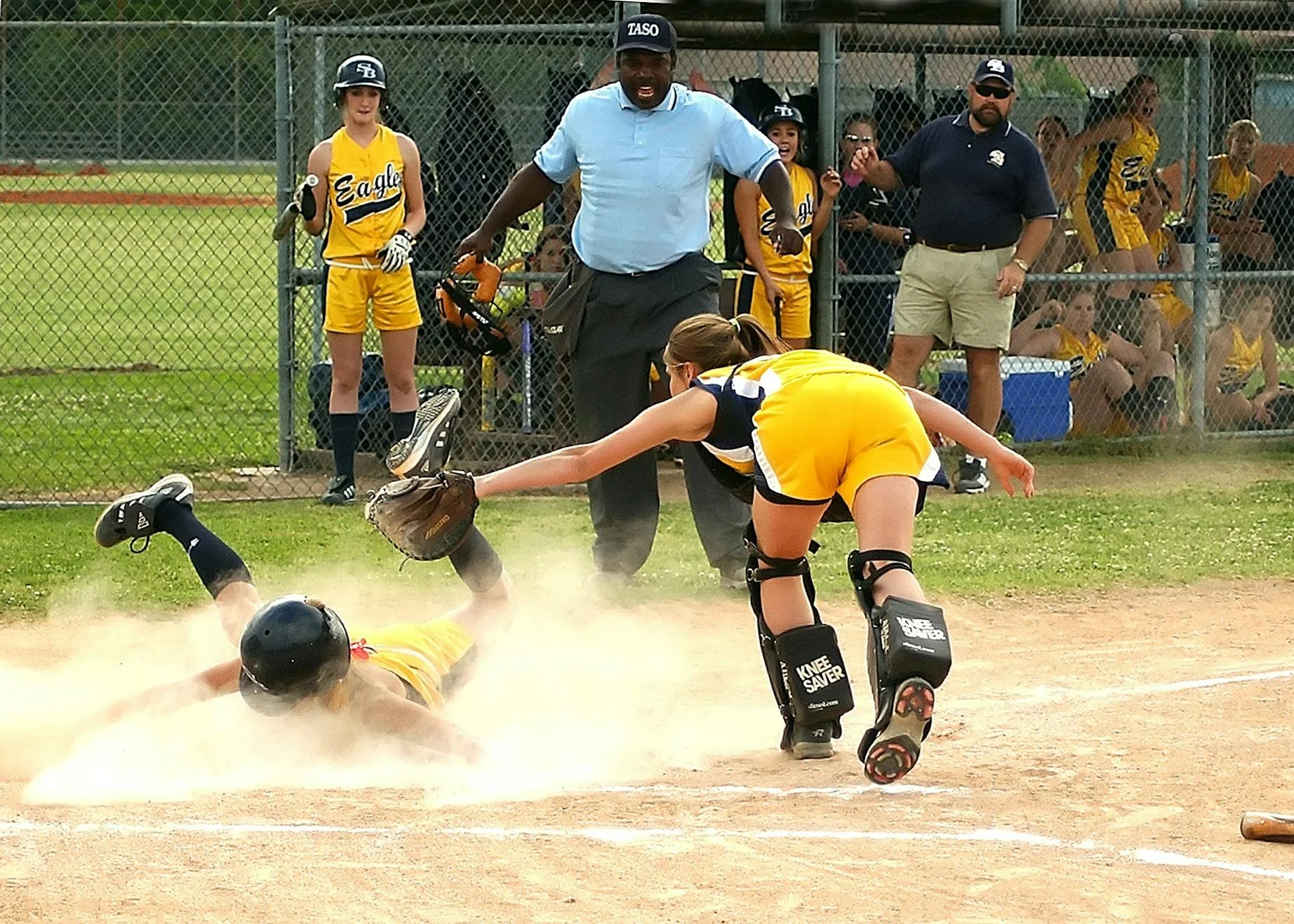Welcome to the fascinating world of college baseball, where every pitch, swing, and catch counts toward determining the outcome of the game. Among the myriad of statistics that define a pitcher’s performance, Earned Run Average (ERA) stands out as a key metric. In this comprehensive guide, we’ll delve into the nuances of how ERA is calculated in college baseball, shedding light on the formula, factors influencing calculations, and strategies for success.
ERA, or Earned Run Average, in college baseball, is calculated using a simple formula: (Earned Runs x 9) / Innings Pitched. This formula determines the average number of earned runs a pitcher allows throughout nine innings. Earned runs are any runs that score without the aid of an error or a passed ball. The lower the ERA, the better the pitcher’s performance is considered, as it signifies fewer runs allowed.
Importance of ERA in College Baseball
In the competitive arena of college baseball, the importance of ERA (Earned Run Average) cannot be overstated. It’s a statistic that offers a window into a pitcher’s effectiveness, transcending mere win-loss records to provide a more nuanced perspective on performance. ERA serves as a pivotal benchmark, enabling coaches and scouts to make informed decisions about their pitching rotations and strategies. High-stakes games often hinge on the slender margins defined by a pitcher’s ERA, highlighting its critical role in shaping the dynamics of the sport. Furthermore, with college baseball serving as a crucial stepping stone to professional leagues, maintaining an impressive ERA can significantly enhance a player’s prospects and draft position.

Digging deeper, ERA also fuels the competitive spirit inherent in college baseball, fostering an environment where continual improvement is the norm. Pitchers with low ERAs are celebrated, their mastery over batters becoming the stuff of legend in college sports lore. It’s not just about talent; it’s about precision, resilience, and an unwavering dedication to excellence. Behind every legendary ERA is a story of countless hours of practice, strategy sessions, and mental fortitude. This statistic, more than any other, encapsulates the essence of pitching success in college baseball, reflecting not only individual prowess but also the collective strength of the team’s defensive game.
Formula for Calculating ERA
The formula for calculating ERA in college baseball is straightforward:
(Earned Runs x 9) / Innings Pitched
Understanding the Components of ERA Calculation
- Earned Runs Allowed: These are runs scored by the opposing team due to the pitcher’s performance, excluding errors made by the defense.
- Innings Pitched: This refers to the total number of innings a pitcher has completed.
Factors Affecting ERA Calculation
Pitchers must navigate various factors that influence their ERA, including:

- Pitching Environment: Weather conditions, altitude, and field dimensions can impact a pitcher’s performance and subsequent ERA calculations.
- Defensive Support: The quality of defensive support provided by the pitcher’s team can affect the number of runs scored against them, influencing their ERA.
- Park Factors: The characteristics of the ballpark where the game is played, known as park factors, play a role in determining a pitcher’s ERA.
ERA Leaders in College Baseball
Each season, college baseball leagues honor pitchers distinguished by their remarkably low Earned Run Average (ERA), shining a spotlight on their exceptional performances and invaluable contributions to their teams. These standout athletes are hailed as paragons of excellence, embodying the pinnacle of pitching prowess. Their recognition serves as a beacon of inspiration for budding pitchers everywhere, symbolizing the heights of success attainable through a blend of skill, unwavering dedication, and relentless perseverance. The celebration of these ERA leaders not only accentuates their achievements but also emphasizes the critical role of consistent, high-quality pitching in the competitive landscape of college baseball.
The list of ERA leaders is not merely a roster of talent; it’s a testament to what can be achieved with hard work and a passion for the game. These pitchers, through their remarkable control, strategy, and mental toughness, have managed to dominate the mound, turning every game they play into a masterclass of pitching. Their stories of triumph and excellence serve as compelling narratives, encouraging upcoming talents to push the boundaries of their capabilities. For aspiring pitchers, these ERA leaders exemplify the essence of sportsmanship—demonstrating that with the right mix of talent, dedication, and effort, reaching the zenith of one’s potential is not just a dream but a plausible reality.
Challenges in Maintaining a Low ERA in College Baseball
Achieving a low ERA in college baseball is a remarkable achievement, shining a spotlight on a pitcher’s talent and hard work. However, this quest for pitching excellence is fraught with challenges. Pitchers face a gauntlet of formidable opponents, each game bringing a new set of batters determined to find their weaknesses. The unpredictability of playing conditions, ranging from sweltering heat to gusty winds, adds another layer of complexity, demanding adaptability and precise control over pitches. Amidst these hurdles, the pressure to consistently perform at a high level can be overwhelming. It takes more than just skill; it requires mental fortitude and resilience that’s as tough as the leather on a baseball glove.

Overcoming these obstacles is no small feat. Here are a few key strategies pitchers employ to maintain a low ERA:
- Resilience: Bouncing back from setbacks with a stronger determination to succeed.
- Adaptability: Adjusting techniques and strategies based on opponents and environmental conditions.
- Continuous Improvement: Honing skills through relentless practice and seeking constructive feedback.
- Mental Toughness: Staying focused under pressure and mastering the psychological aspects of pitching.
- Team Collaboration: Working closely with coaches and teammates to develop effective game plans and defensive strategies.
These elements, when combined, pave the way for a pitcher to not only achieve a low ERA but to excel in the competitive realm of college baseball. It’s a blend of physical prowess, strategic thinking, and psychological warfare, requiring a relentless pursuit of excellence and a passion for the game.
Strategies to Improve ERA in College Baseball
College baseball pitchers can employ various strategies to improve their ERA and elevate their performance on the mound. These strategies include:
- Refining Pitching Mechanics: Focus on fundamentals such as grip, release point, and follow-through to enhance pitching accuracy and effectiveness.
- Studying Opponents: Analyze opposing hitters’ tendencies, weaknesses, and patterns to develop strategic pitching approaches tailored to exploit their vulnerabilities.
- Maintaining Physical Conditioning: Prioritize strength, flexibility, and endurance training to optimize pitching performance and minimize the risk of injury.
Understanding ERA in college baseball offers a unique perspective on a pitcher’s performance at this level. For those looking to expand their knowledge beyond the college realm, a comprehensive guide covers ERA calculations across different levels of baseball, including professional and amateur leagues. This resource serves as an excellent reference for comparing ERA calculations and their implications across various forms of the sport.
Conclusion
In conclusion, mastering the art of calculating ERA in college baseball requires a deep understanding of the formula, factors influencing calculations, and strategies for success. By honing their skills, leveraging their knowledge, and embracing the challenges that come their way, college baseball pitchers can strive for excellence and leave a lasting legacy on the mound.
FAQs
What is the significance of ERA in college baseball?
ERA in college baseball is vital for evaluating pitcher performance and team success. It reflects pitching quality, influences strategy and aids player development. Coaches, scouts, and players rely on ERA to assess pitching effectiveness, making it a key statistic in college baseball analytics and recruitment.
Can a pitcher’s ERA change after each game?
Yes, a pitcher’s ERA can fluctuate after each game based on their performance. Each game’s results impact the cumulative earned run average, reflecting changes in effectiveness, consistency, and situational pitching. Maintaining a low ERA requires sustained performance and adjustments throughout the season in baseball analytics.
How do park factors affect ERA calculations?
Park factors significantly influence ERA calculations by impacting run-scoring environments. Ballparks with short dimensions or high altitudes tend to inflate run production, leading to higher ERAs for pitchers. Conversely, pitcher-friendly parks with spacious outfields or pitcher-friendly conditions may suppress run-scoring, resulting in lower ERAs in baseball analytics.
What are some common challenges in maintaining a low ERA in college baseball?
Common challenges in maintaining a low ERA in college baseball include facing strong opposing lineups, adapting to varied playing conditions, and managing workload throughout the season. Pitchers must navigate these challenges while maintaining consistency, limiting mistakes, and executing pitches effectively to preserve low ERAs in baseball analytics.
How can college baseball pitchers improve their ERA?
College baseball pitchers can improve their ERA through focused training, developing pitch repertoire, refining mechanics, and studying opponents. Emphasizing command, inducing weak contact, and minimizing walks and home runs are crucial for reducing earned runs. Consistent performance and adjustments based on analytics contribute to lowering ERAs and achieving success.

